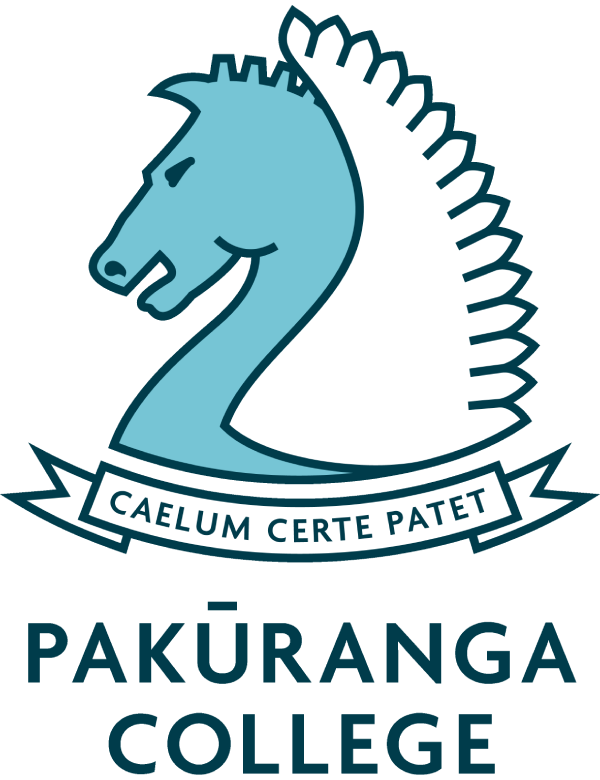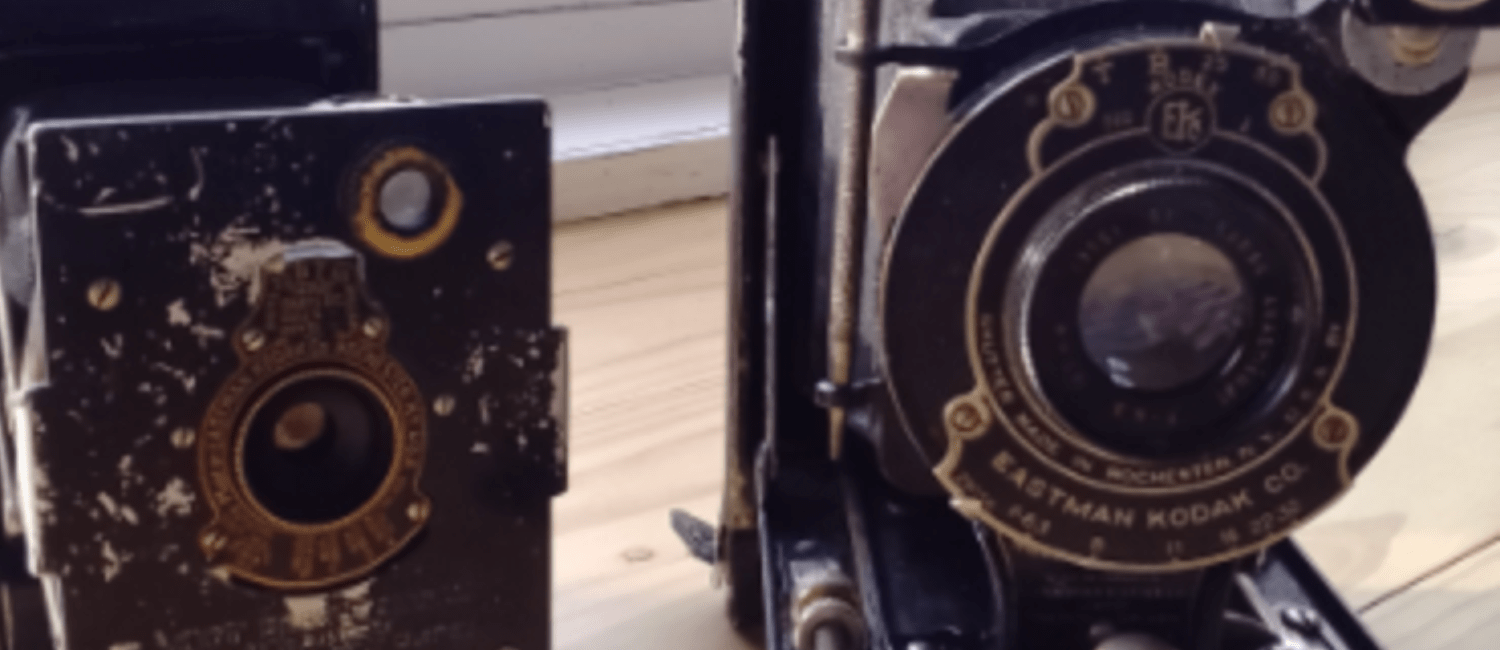Throughout history, humans have done so many revolutionary things that no other species could ever come close to. We have landed men on the moon, sailed the seas in giant hunks of metal, dug into the depths of the earth, and much more, yet so much is taken for granted today. Safe homes where everything is provided for you, free schooling for 13 years, and the internet where you can connect with someone across the globe with a piece of plastic, metal, and glass that fits in your pocket. 200 years ago, only the rich and famous would be able to get anywhere close to this, and it was in this world that photography was born.
For the first 50 or so years of photography, photographs were taken on glass or metal plates, a process that took half an hour for a single photo if you want to do it properly. Things changed in 1888, when George Eastman invented film, a plastic material with a special emulsion of silver coated on it, allowing people to send this film away for development at a lab or pharmacy, and take snapshots, much like we take photos today. Eastman called the camera he made The Kodak, a name that became synonymous with photography for over a century. There was still improvement to be made – the whole camera had to be sent back so the film could be developed, and there were no settings – you just pointed the camera and pressed the button.
By the time my cameras were made, you could load your own film, send the roll itself – not the entire camera – and use various shutter and aperture settings to get the photo you wanted. I have several cameras, but these are the two most interesting.
The small one on the left is a Vest Pocket Kodak, commonly taken into the trenches by soldiers in World War I due to its small size (smaller than some modern phones) and the one on the right is a Pocket Kodak No.1.
Made from 1926 – 1932, the Pocket Kodak No.1 is a simple, but well-built camera. This camera is quite typical of its kind – it folds down into something that could easily fit in a large pocket, has two shutter speeds (1/25 and 1/50, along with time and bulb,) and focuses from infinity to 6 feet (about two metres.) This camera uses 120 film, the only medium format film still being mass-produced, so this makes it possible for me to use this old camera. As for the Vest Pocket, it uses the hard-to-find 127 film, and although there is some in Christchurch, I don’t want to pay for it.
Loading the film is easy, you take the front of the camera out, put the roll in the bottom, wind it onto the take-up spool, close the camera, and get ready to shoot.
This photo was taken from the side of the Auckland War Memorial Museum, where I was visiting a photo exhibit (1900 and prior.) The camera handled this particularly well, as it was quite dark and about to rain at the time. There is a surprising amount of detail in the foreground, despite being set at infinity.
This photo was taken with the lens set at 25 feet, at around 25 feet back. There is a large light leak at the bottom of the image (I have since found a small hole in the bellows) and the image is slanted, due to the difficulties of keeping the camera straight. The lens performed quite well here, the image is quite sharp, and when you zoom in, you can read “The Glorious Dead” on the cenotaph.
With the focus set as six feet, this photo shows one of the naval guns outside the museum. In hindsight, I should have taken the photo in landscape (I have since taken a photo of the harbour in landscape, yet to be developed.) The light leak and lens flare is quite apparent in this image, but I plan to touch up the bellows with paint, and I have since cleaned the lens.
Taken from around the position of the naval gun at infinity, this photo also has a surprising amount of detail, being able to read the writing on the museum and the Lego Exhibit posters. Once more, there is lens flare and light leaks, but less so in this one, since I was facing away from the sun in this image. The image is tilted again, due to the difficulties of using the viewfinder.
This is the bell that was on board the HMS Achilles, the ship my great-grandfather served on during World War II. This photo was taken with the same method as the previous one, but turned out better due to the light and the way I held the camera. I probably should have used a tripod, but mine doesn’t connect properly with my camera.

The physical negatives (the actual film from the camera, inverted due to the way photography works).
Overall, using this type of camera isn’t easy compared to what we have in today’s world, but it still performs exceedingly well for its age and condition. Despite not being the most practical today, it is a working link to the past, a testament to humanity’s progress in the past century, a hundred or so years on.
Connor Hart – Year 9













